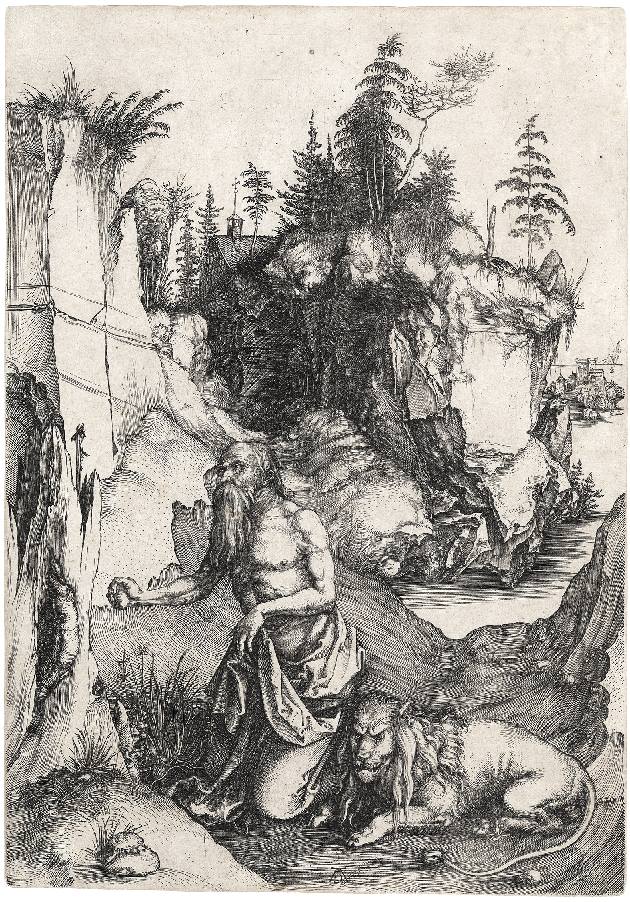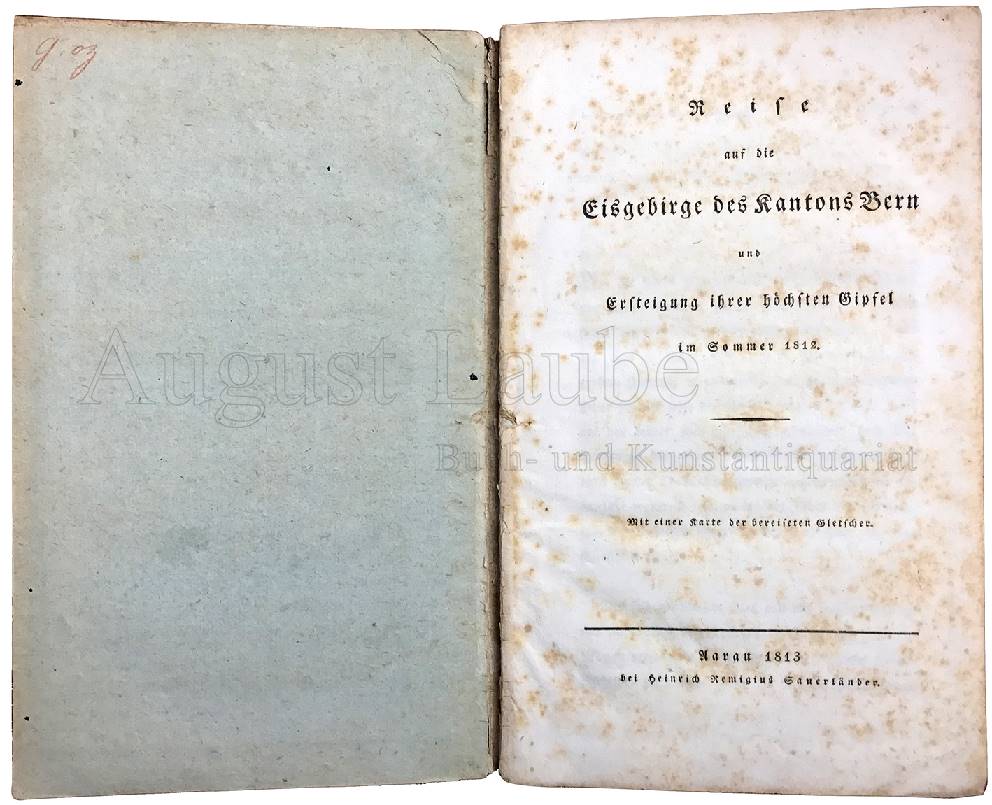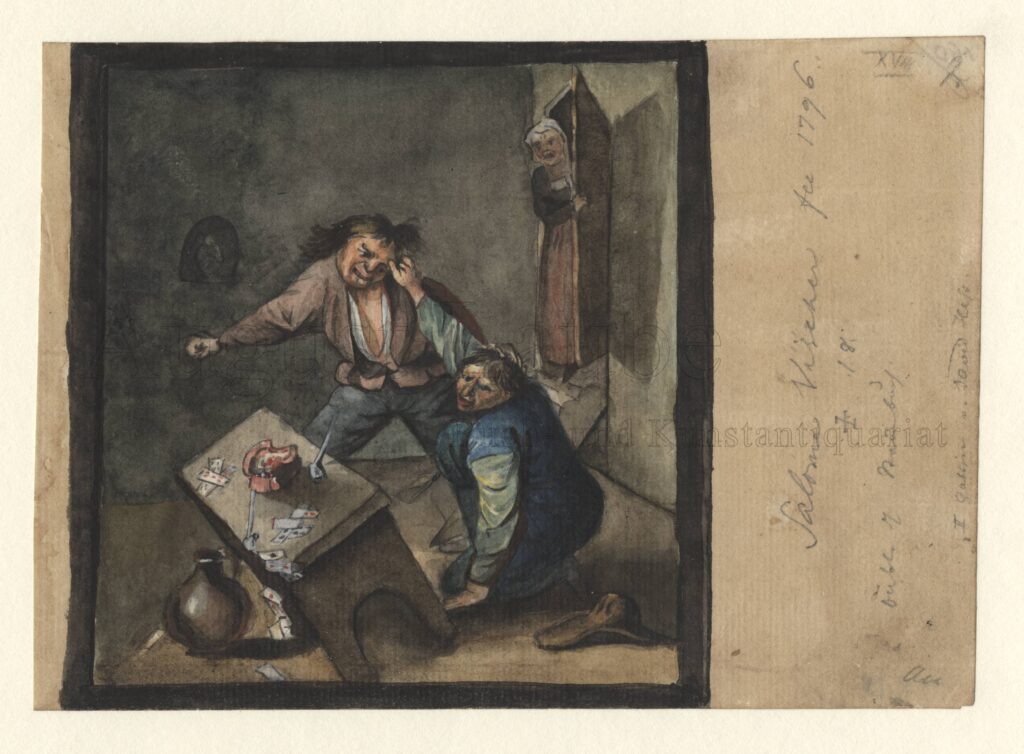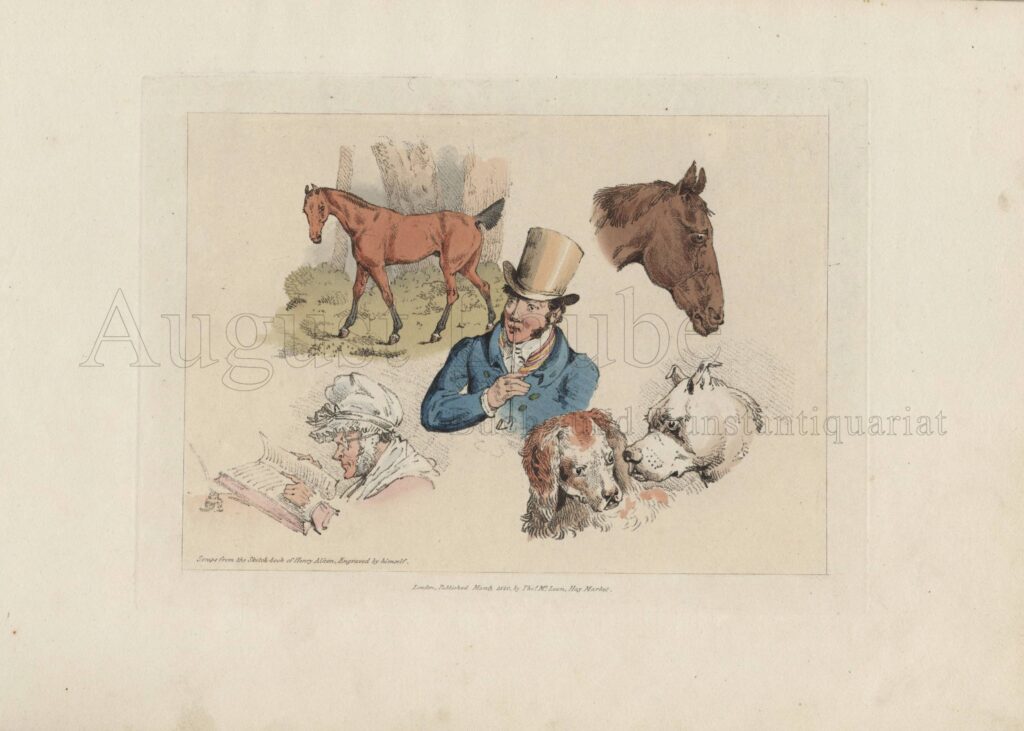Home
We are the expert for antique books and prints. We are located in Zurich Switzerland and trade internationally.
Ausstellung
DIE KUNST
DES AUGENBLICKS
Aquarelle und Zeichnungen aus 4 Jahrhunderten

ALBRECHT
DÜRER
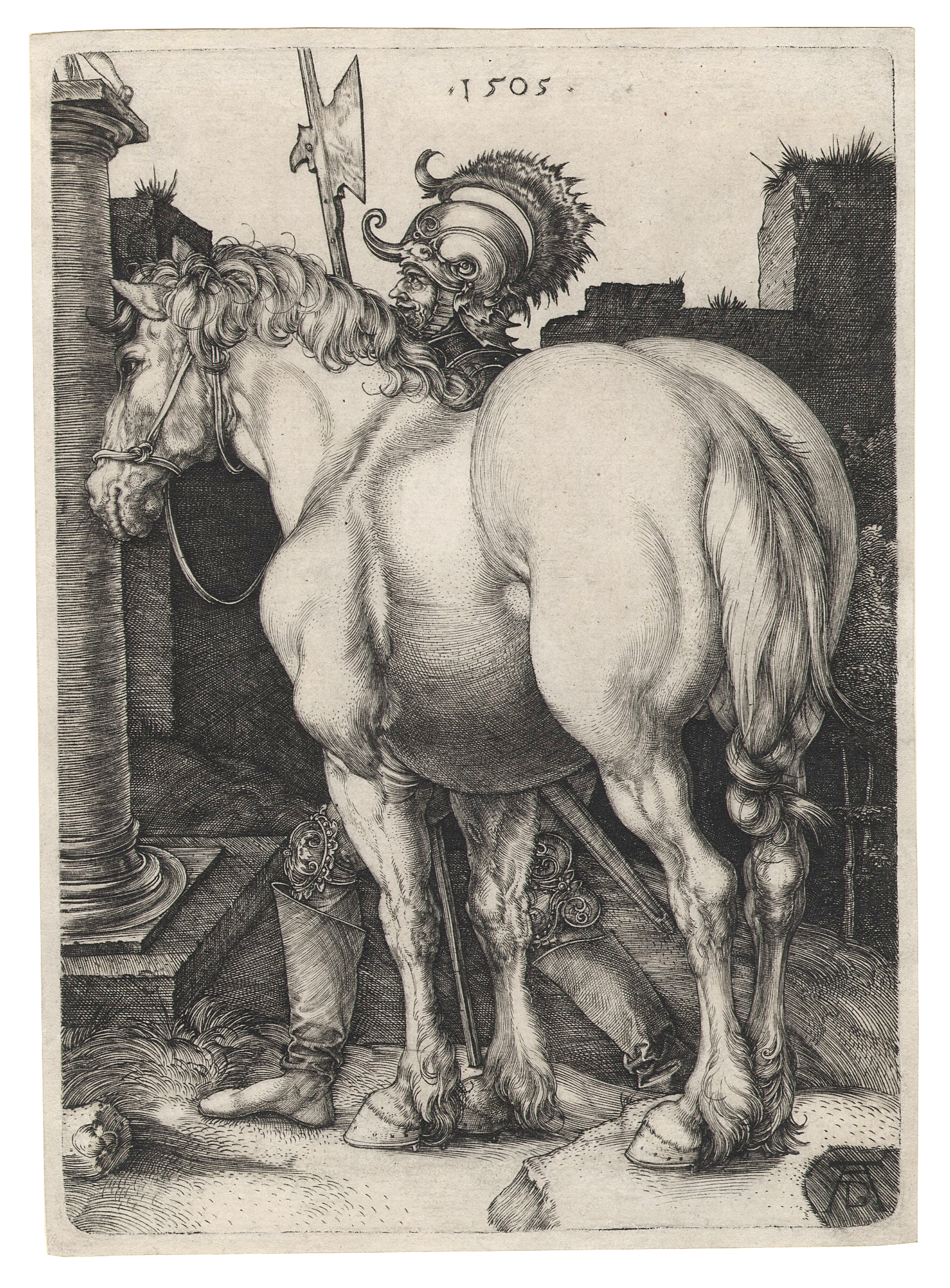

The Master of Print
Albrecht Dürer (1471–1528) was a German Renaissance artist renowned for his mastery of printmaking, painting, and drawing. Born in Nuremberg, he initially trained as a goldsmith before pursuing painting and later revolutionizing printmaking with woodcuts and engravings. His works, such as *Melencolia I*, *Knight, Death, and the Devil*, and *Adam and Eve*, showcase his blend of Northern European detail with Italian Renaissance ideals of proportion and perspective.
Dürer traveled extensively, including to Italy and the Low Countries, absorbing artistic influences that he integrated into his work. He was also deeply engaged with humanist ideas, mathematics, and natural studies, producing meticulously detailed depictions of animals and plants. His self-portraits reflect his awareness of his artistic genius, making him one of the first “celebrity” artists of his time.
LUCAS
CRANACH
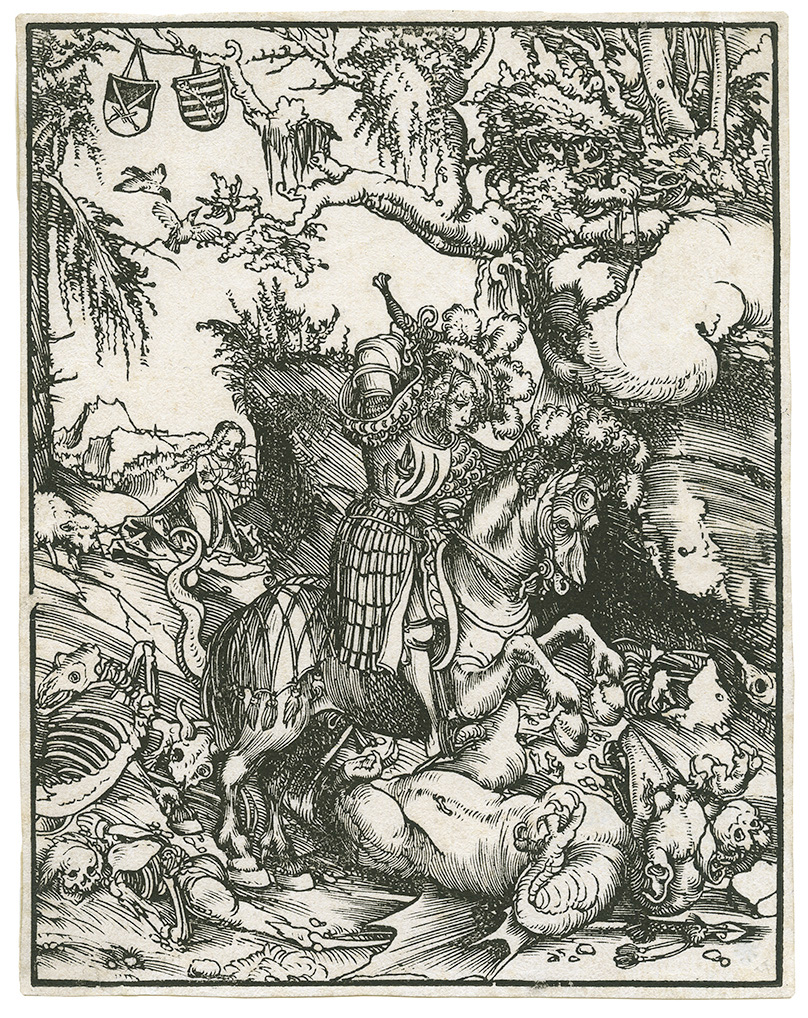
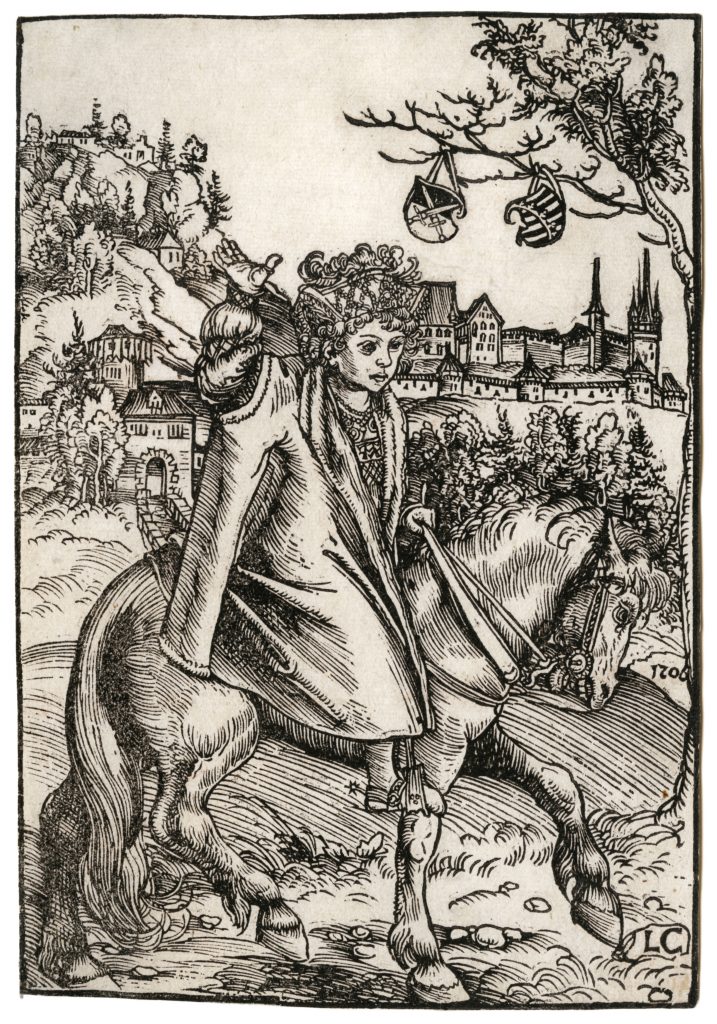
The Court Painter
Lucas Cranach the Elder (1472–1553) was a pivotal figure in 16th-century German art, renowned as a painter, woodcut artist, and key supporter of the Protestant Reformation. Born Lucas Müller in Kronach, Germany, he trained under his father before gaining prominence for his early works depicting devotional scenes and landscapes, which helped establish the Danube School of painting.
In 1505, Cranach became the court painter to Frederick the Wise of Saxony in Wittenberg. He produced altarpieces, portraits of Protestant reformers like Martin Luther, and mythological works featuring elongated female nudes. His workshop was prolific, creating paintings, woodcuts, and engravings that supported both Protestant and Catholic patrons. Cranach also contributed to the Lutheran Bible with woodcut illustrations.
Beyond art, Cranach was a successful businessman, owning a printing press, pharmacy, and wine shop. His style evolved little after 1515 but remained highly sought after for its refined execution. He died in Weimar in 1553, leaving behind a legacy as one of the most influential artists of the German Renaissance.
REMBRANDT
van rijn
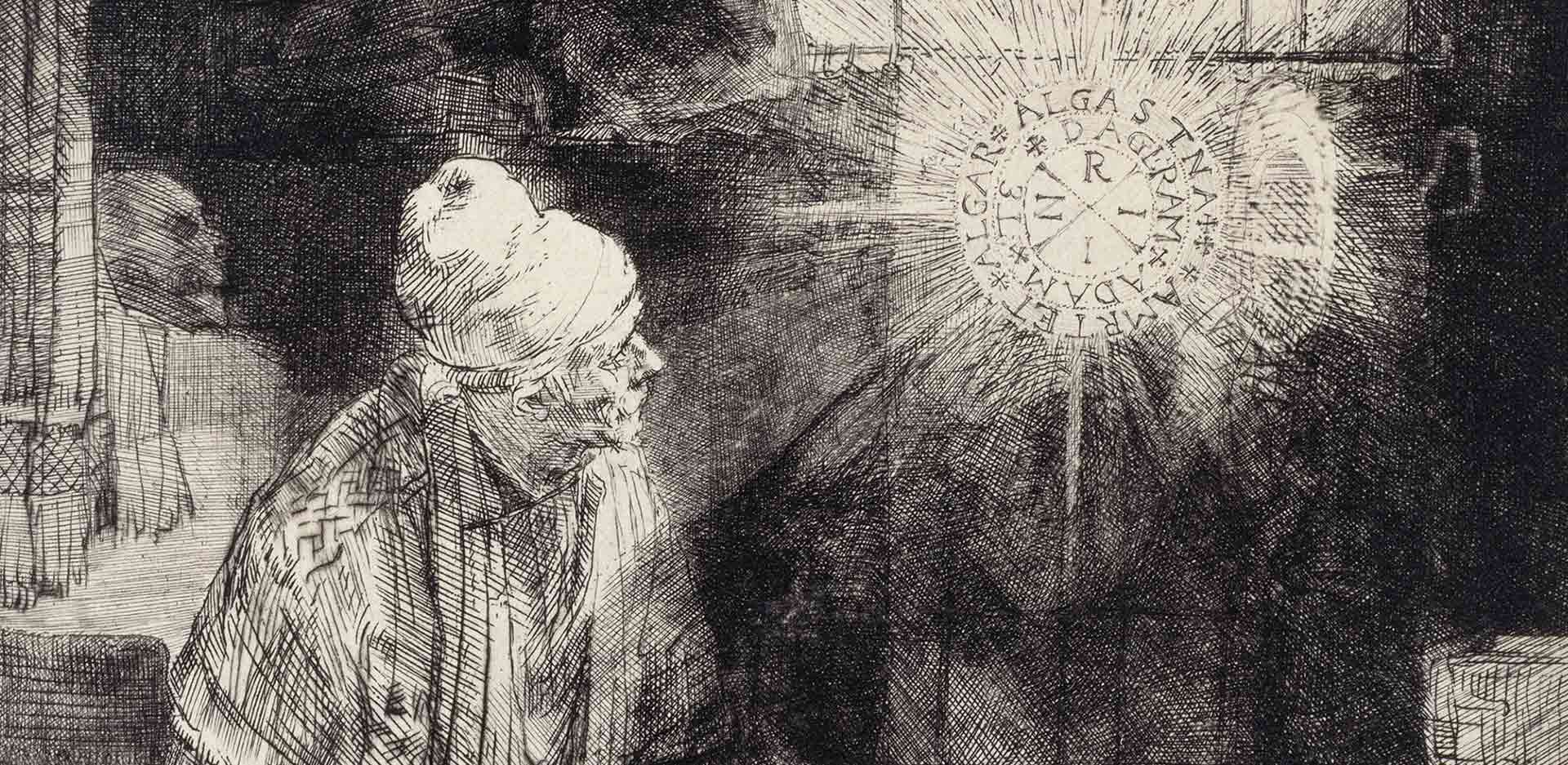
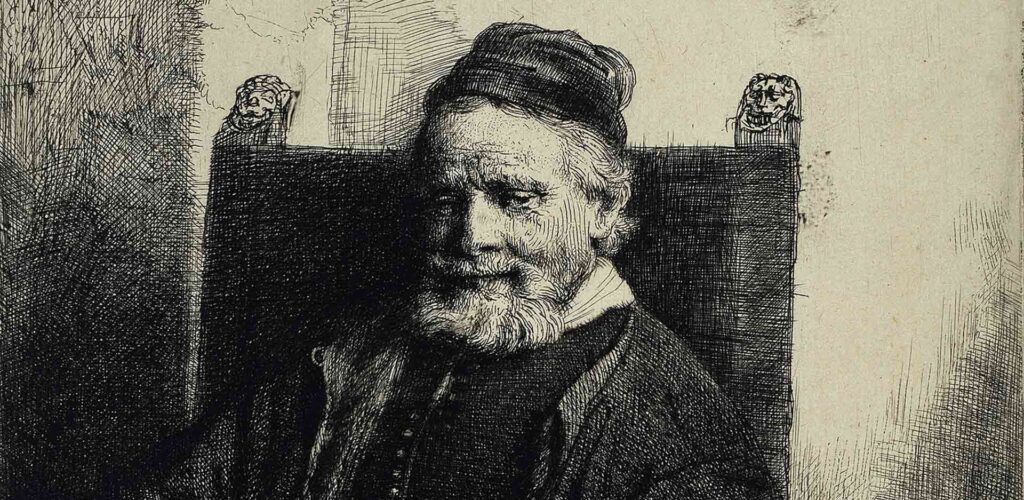
The Name that became a Brand
Rembrandt Hermanszoon van Rijn (1606–1669) was not just a virtuoso of oil painting, he was also a lodestar in the graphic arts and printmaking. During his own lifetime, Rembrandt’s prints were admired, collected, and soon gathered together in catalogues. The assignations of Rembrandt’s authorship were initially more acts of assertion than critical appraisals. While the catalogues raisonnés from the 18th century recorded up to 375 graphic works by the great master, today, only some 290 etchings are considered to have been made by Rembrandt’s hand. Some 350 years after his death, the works have lost none of their appeal, and the name Rembrandt has become a brand.
Heinrich
Aldegrever
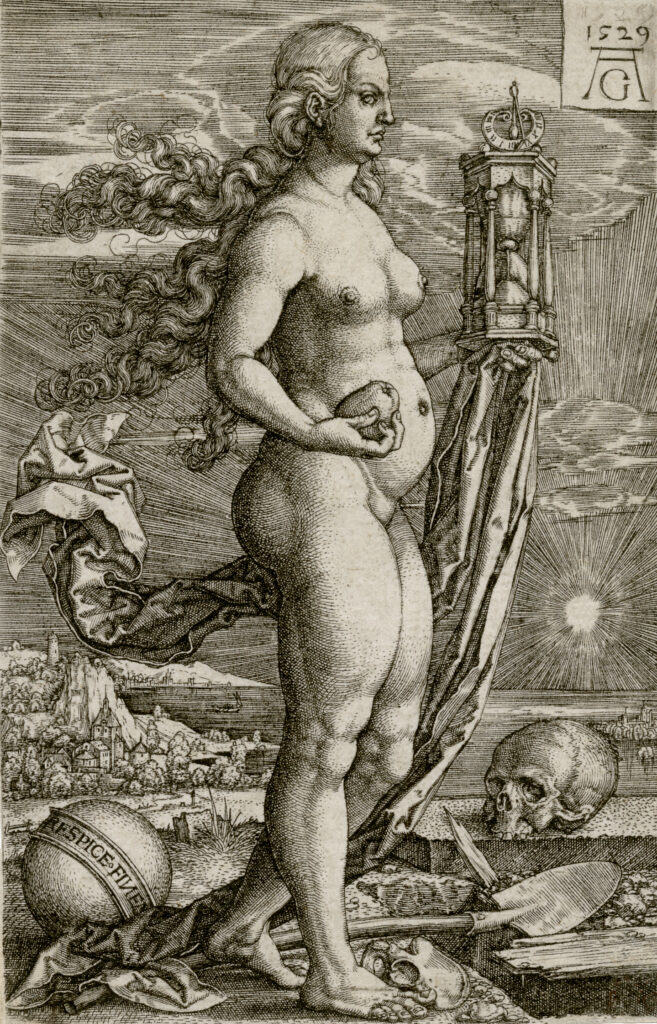
A close resemblance to Albrecht Dürer
Heinrich Aldegrever (1502–between 1555 and 1561) was a renowned German painter, engraver, and goldsmith of the Renaissance period, notable as one of the so-called “Little Masters”—artists who specialized in small, finely detailed engravings. Born in Paderborn as Hinrik Trippenmäker, the son of a clog-maker, Aldegrever spent most of his career in the city of Soest, Westphalia. His early training remains uncertain, though he was likely influenced by both local Westphalian artistic traditions and the works of Dutch painters such as Joos van Cleve and Jan Gossaert during his travels.
Aldegrever’s style is characterized by its meticulous, miniature format and technical precision, drawing strong influence from Albrecht Dürer. He adopted a monogram “AG” similar to Dürer’s “AD”, signifying this admiration. While early in his career he painted religious works like the Mary altar for Soest’s St. Peter’s church, he increasingly devoted himself to engraving and goldsmithing after converting to Lutheranism in 1531, as church commissions waned due to the Reformation. Over his career, he produced around 290 engravings and woodcuts distinguished by their delicate lines, complex ornamentation, and narrative depth.
Aldegrever’s legacy lies in his role bridging the German Renaissance to the later Mannerist style. Though sometimes overshadowed by Dürer, Aldegrever’s engravings—often smaller than the palm of a hand—demonstrate masterful storytelling and innovative motifs. He expanded the reach of printmaking with series on biblical, mythological, and contemporary themes, and contributed lasting designs in ornament and portraiture, cementing his standing among the foremost artists of his generation.

